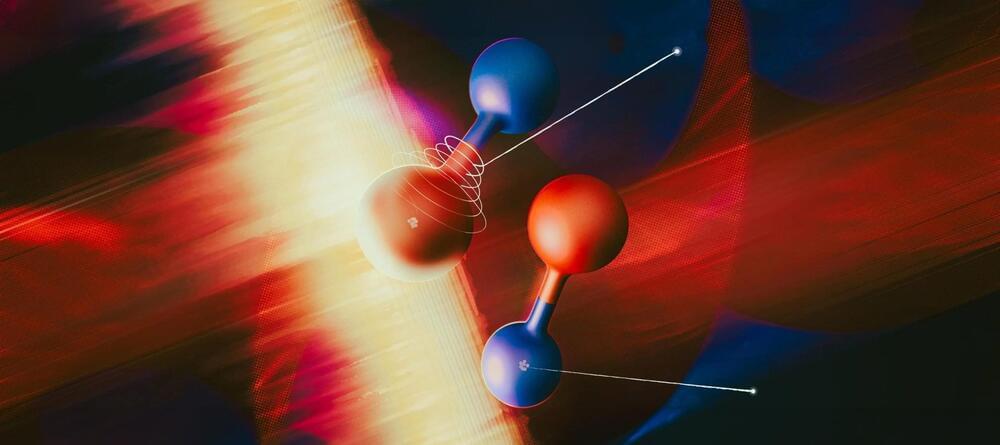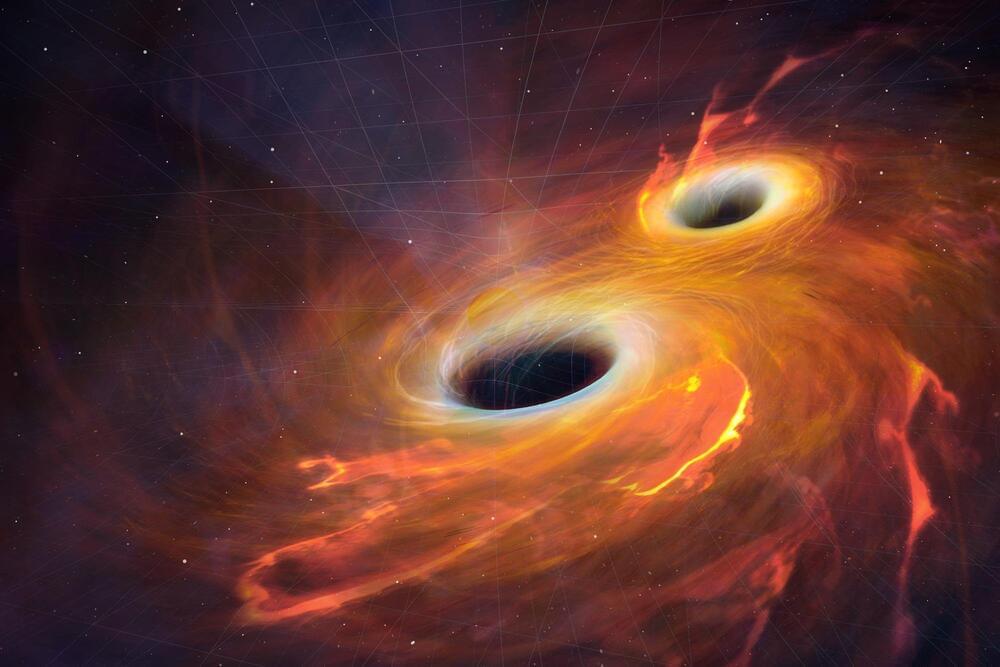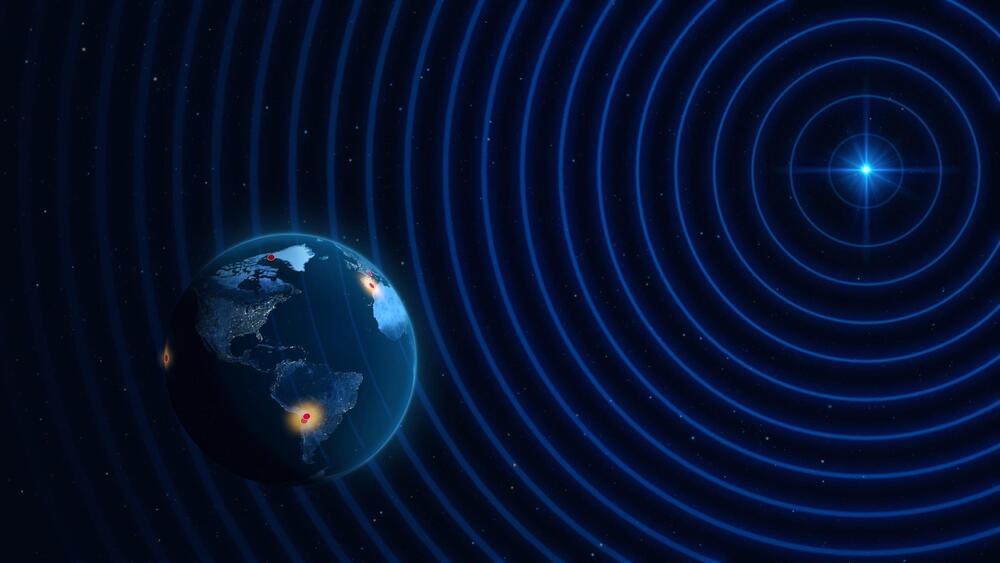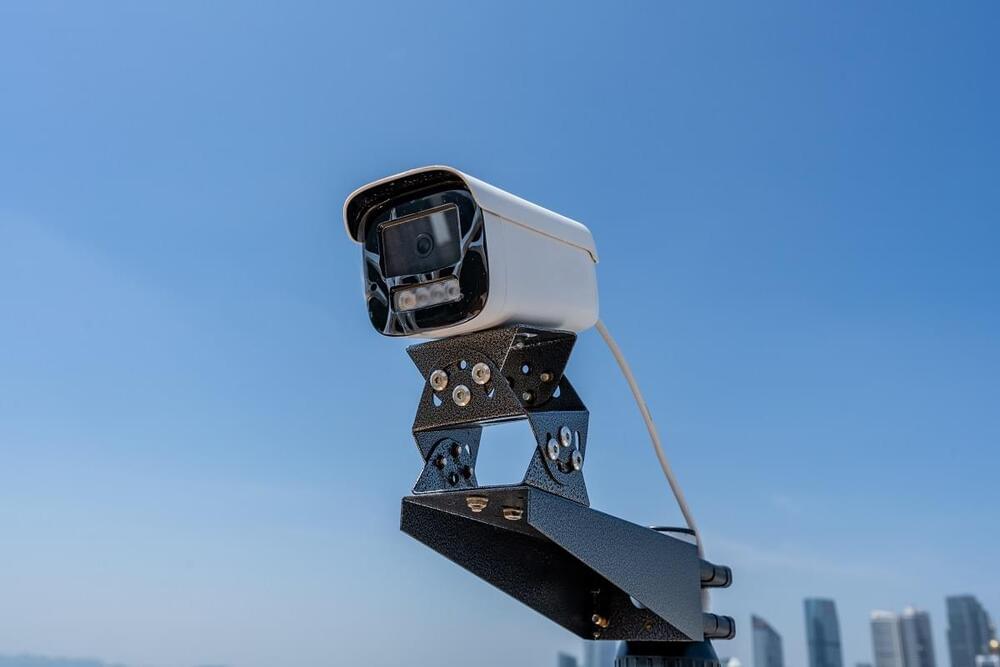Aug 29, 2024
Beyond Einstein: Attosecond X-Ray Pulses Unlock the Secrets of the Photoelectric Effect
Posted by Saúl Morales Rodriguéz in categories: solar power, sustainability
Researchers at SLAC have made groundbreaking strides in understanding the photoelectric effect, initially described by Einstein.
They’ve developed a technique using attosecond X-ray pulses to measure electron-emission delays, revealing discrepancies in existing theories by showing larger-than-expected delays. Their method provides a new tool to study electron-electron interactions, which are fundamental to many technologies, including semiconductors and solar cells.
New Photoelectric Effect Insights

















